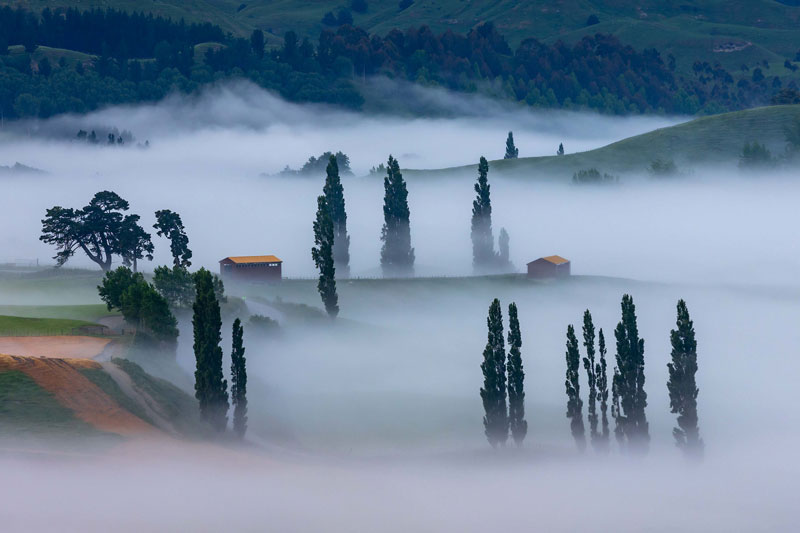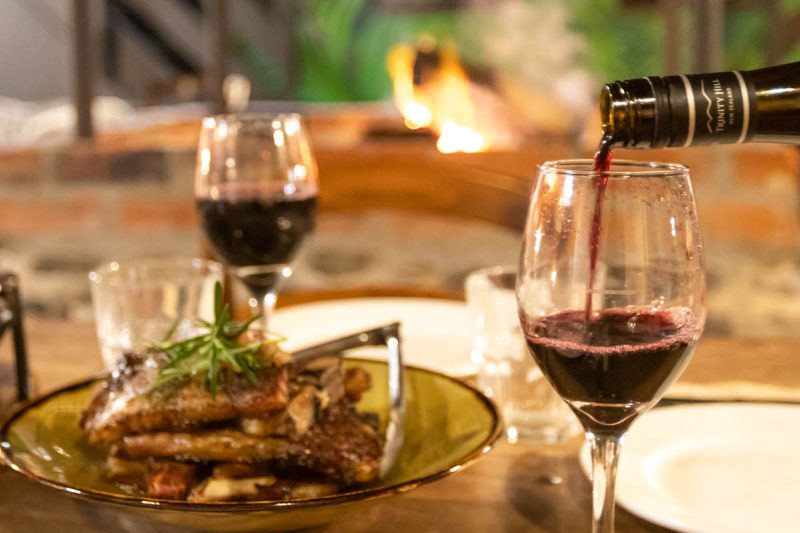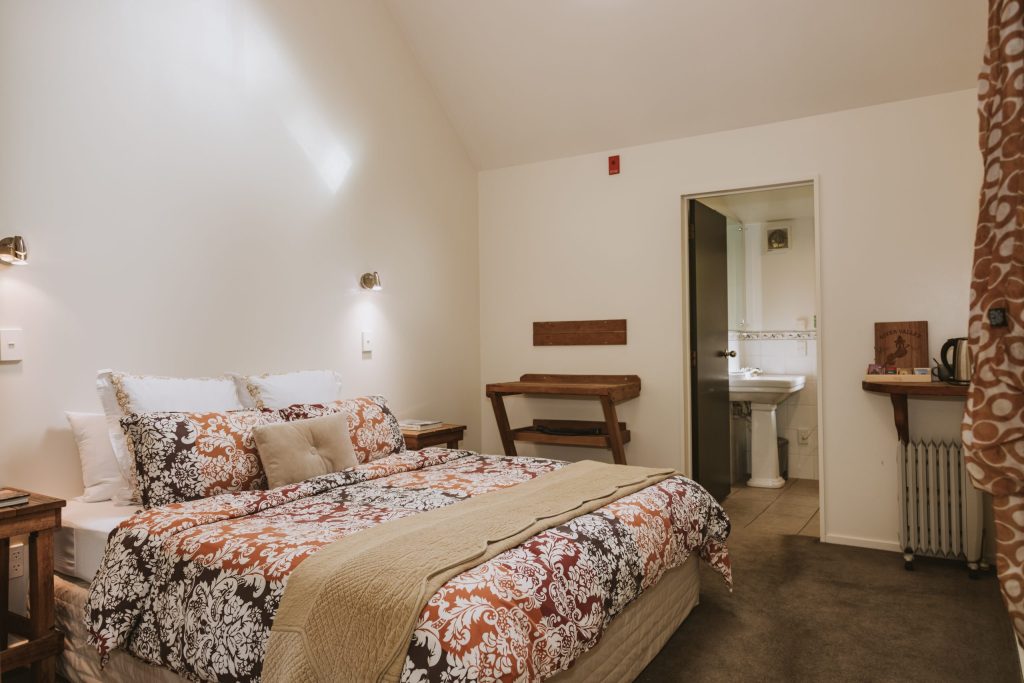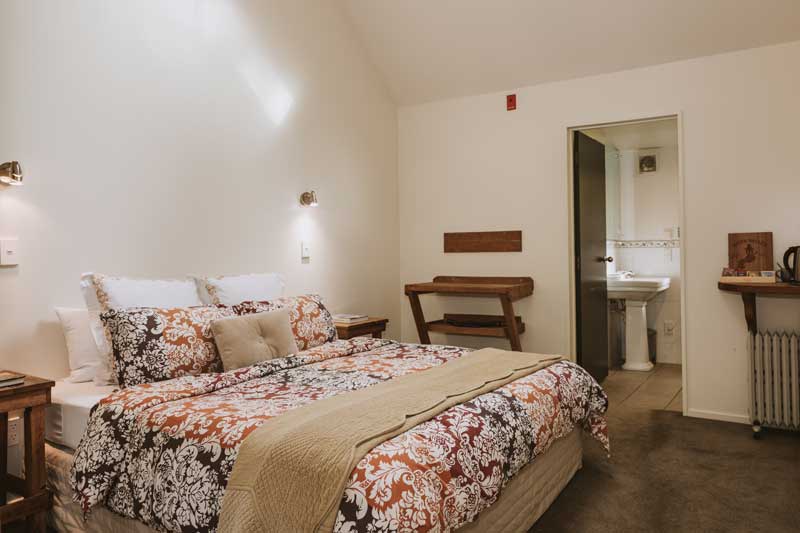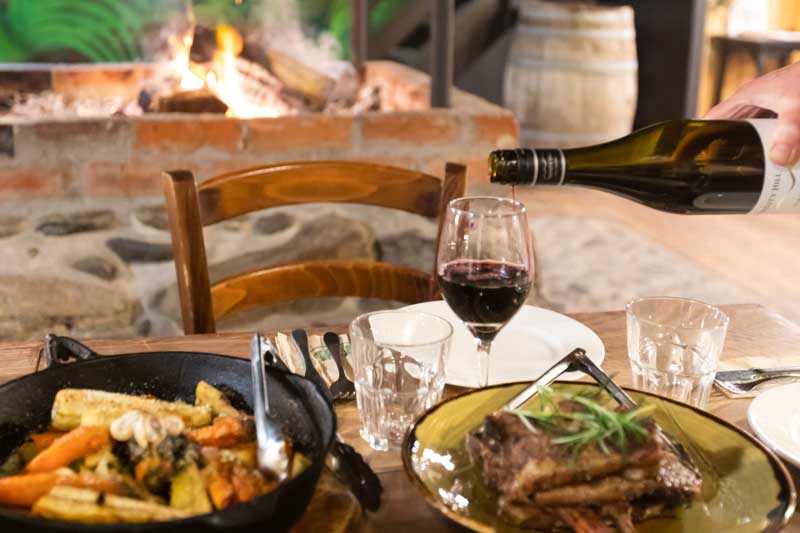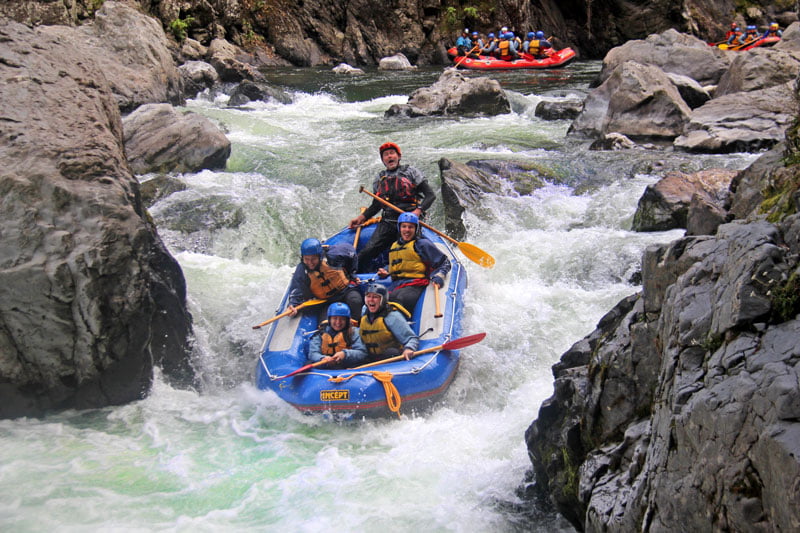A Whole Viewpoint of Combating Climate Change
Imbalance in one element effects other related elements. This would seem to be self-evident, however when we look at our response to the unfolding climate and ecological dramas that beset us it does not appear obvious at all.
New Zealand has committed to planting one billion trees over the next few years which will go a long way towards off setting our carbon emissions. This tree planting will of course have to be matched with a general reduction in carbon emissions throughout the economy and society.
I like trees and have spent many many days throughout my life planting trees. Our River Valley community plants hundreds of trees, mostly native trees, each year. However, I am quite concerned about these one billion trees.
My reason for concern is that the one billion trees is a target set in a silo without regard to a holistic context. In short, I am sure we are going to see the wrong trees planted in the wrong places on a massive scale.
In the recent past, converting farms to exotic forest plantations, primarily Pinus Radiata, has invariably had a negative effect on the viability, if not the disappearance of local communities. What is the cost of this?
What is the cost of the loss in biodiversity from the growing of yet another monoculture, this time not corn, or dairy cows, but pine trees? What is the cost of the choking of rivers and small catchments with logging debris at harvest? What is the cost of the thousands of tonnes of sediment released during these operations?
Another Way
When we look at the world wide unfolding environmental and climate dramas, surely there is a better way and that is to think more deeply about a holistic approach.
A holistic approach which sees the whole earth as one living organism, where every species and ecosystem needs to be healthy for the sum of all the parts to be healthy. This is a very different approach to the silo mentality of one billion trees, or the other “solutions” peddled out to “fix” various problems.
So, what are the questions we should be asking about those one billion trees?
How will all these plantings effect the water cycle?
How will these plantings effect the mineral cycle?
Will these plantings benefit local communities? Will they provide security, employment, a food source and protection from other climatic events?
Will these plantings lead to further social problems and impoverished rural communities, or will they lead to richer (in all ways) and more resilient communities?
Will these plantings encourage biodiversity, and a rich habitat for a variety of species?
What will the effect of these plantings be, especially if exotic monoculture pine trees, on downstream ecosystems, both while they are growing and at harvest.
No doubt there are many other questions that could be asked.
What Should We Then Do?
My answer to this is first what we cannot do, and that is think in silos. That we need to look at the earth as a single organism, as a whole. That when all parts of the organism are healthy, then the whole organism is healthy. If the whole organism is healthy then I do not believe climate change will be an issue. I would also add that as human beings we need to understand and recognise our place as one of those organisms.
Therefore, we need to recognise that combating climate change is linked to a fair and just society that goes hand in hand with healthy and thriving wetlands, forests, rivers and oceans, and plan accordingly.
Hard to do, being an idealist maybe? I think not. A holistic approach is being the ultimate realist, all else is delusional.
I will finish with this quote from Charles Eisensten
“And in fact, the world is alive. It is not just the host of life. The forests and reefs and wetlands are its organs. The waters are its blood. The soil is its skin. The animals are its cells. This is not an exact analogy, but the conclusion it invites is valid: that if these beings lose their integrity, the whole planet will wither.”
Simply plants those trees and problem sorted? ……….. Not!
Brian Megaw

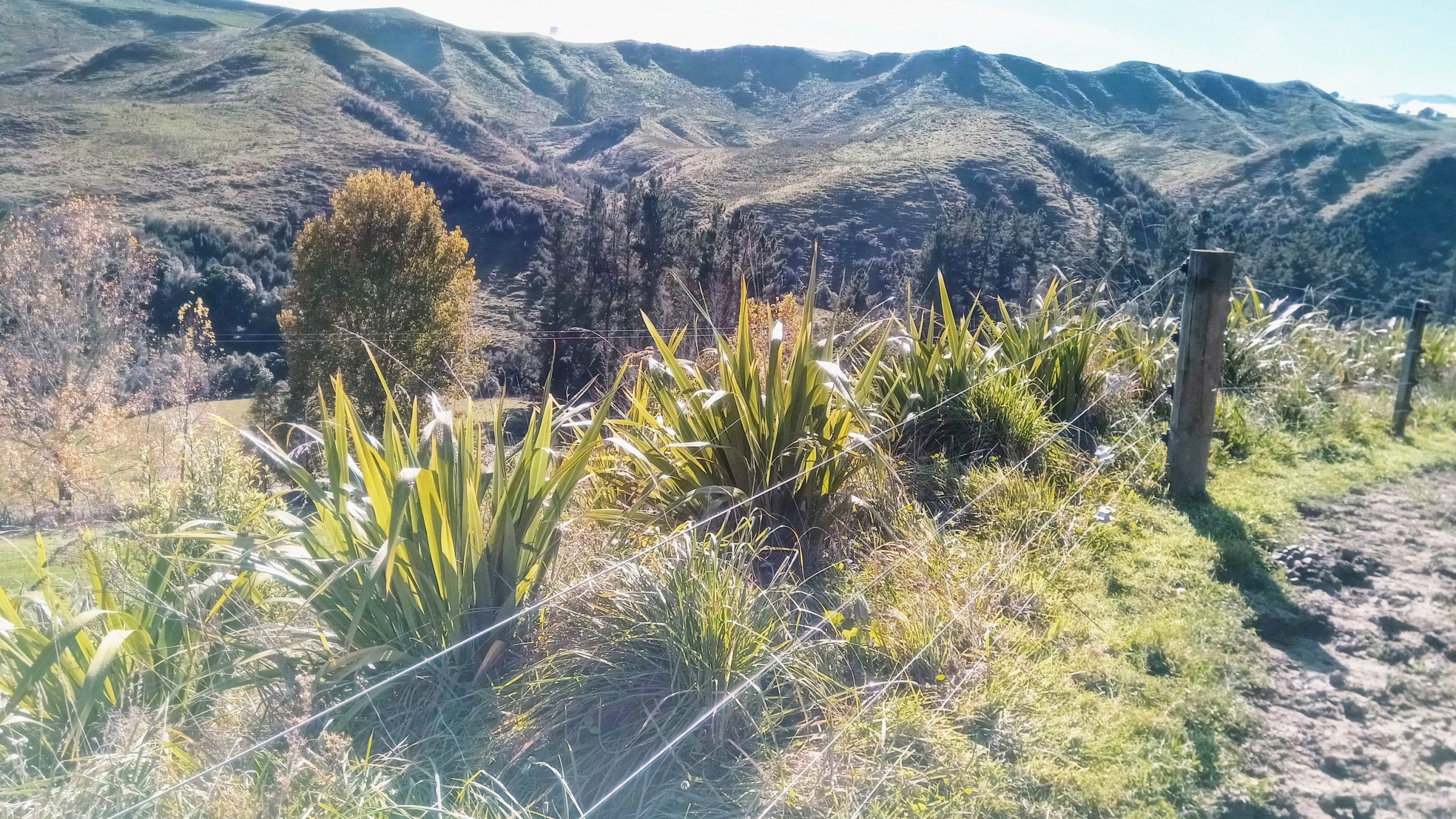
Children native tree planting at River Valley Lodge
2 year old native trees and flax at River Valley




